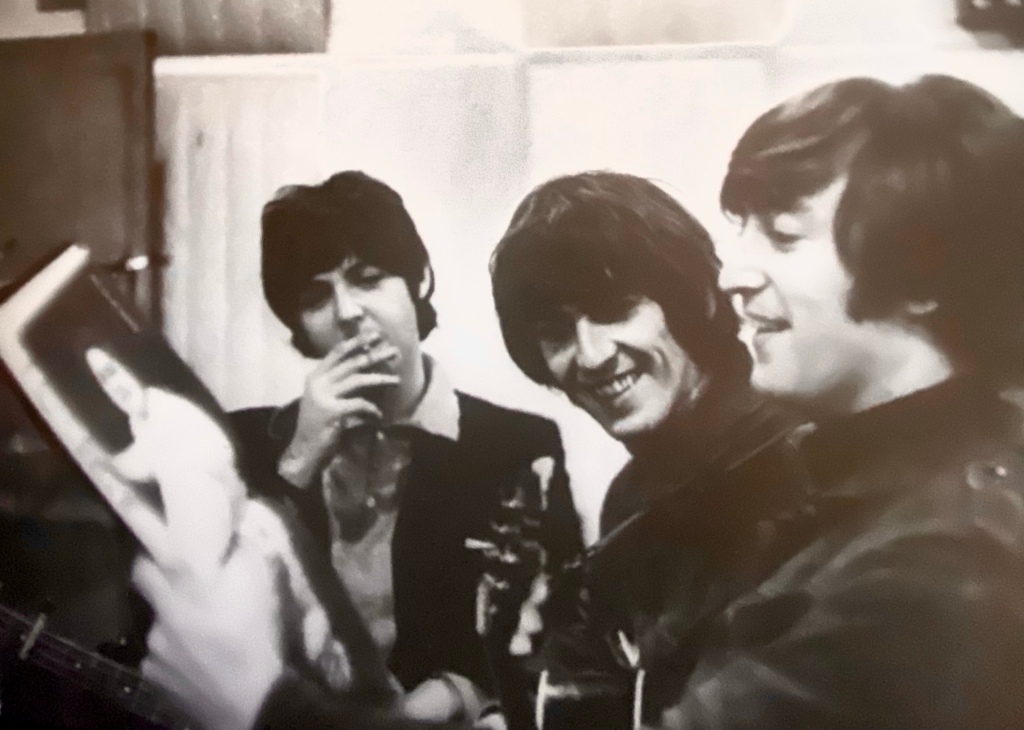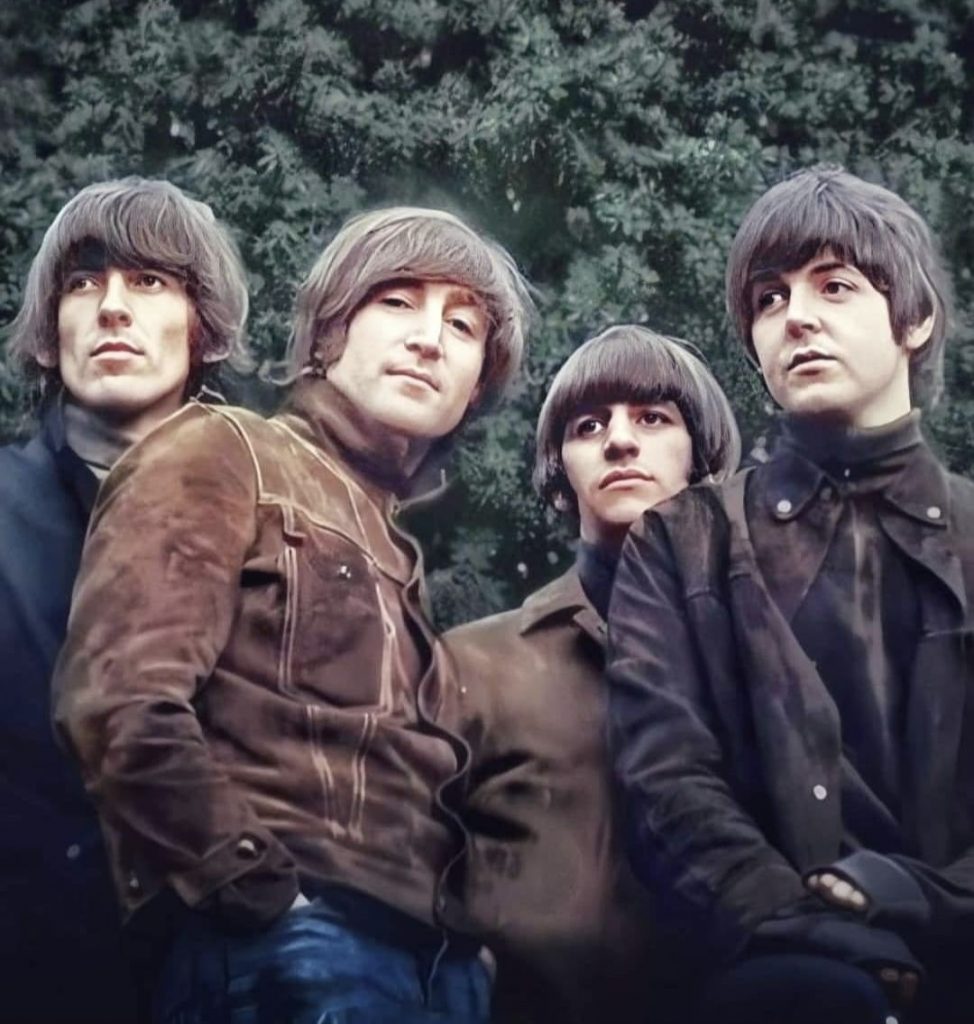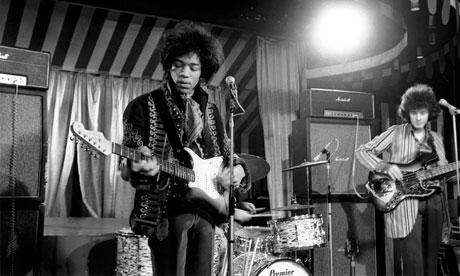On the 5th of January, Plain Or Pan will turn 17. In preparation, the L plates have been looked out, the insurance has been eye-wateringly hiked and the old banger I’ve been saving for the occasion will finally get a run-out.
I never for a moment expected to still be doing this all these years later, but here we are. Adam over at Bagging Area rationalised it best a few days ago when he said that blogging is a habit that sticks. It really is, plus Plain Or Pan has led to all sorts of unexpected opportunities in recent years…reason enough to keep going still, I think.
I’m a sucker for a studio outtake and Anthology 2 features the between-takes chatter of The Beatles as they rip their way through the first couple of goes of I’m Down, the track that would eventually find a home on the b-side of the Help! single. “It’s plastic soul, man…plastic soul,” belittles Paul McCartney, a nod to black America’s scathing opinion of Mick Jagger at the time. Considering McCartney’s vocal on I’m Down was full-on Little Richard, it’s a bit of an ironic throwaway line, but tucked away for future use, the phrase would soon turn up in more punning form as the title of The Beatles’ next record.

The second of two albums written, recorded and released by The Beatles in 1965, Rubber Soul would be the bridging link in a run of albums that saw them transition from the pure pop of Help! to the studio-driven Revolver. It’s a pace of change and progress that is unparalleled. Two albums plus assorted singles plucked out the ether and sent into millions of homes before the new year bells? Plus touring, sustaining family commitments and enjoying life as young 20-something Beatles? That’s laughably unthinkable nowadays.
Rubber Soul was put together in little over a month, with recording beginning on the 12th October and its 14 tracks mastered for both stereo and mono on the 15th November. That’s four and a half weeks from the initial writing sessions, via the recording and overdubbing, to the finished article. There are groups these days who take longer perfecting the filter on their Instagram posts. Once mastered, the album was sent to the pressing plants to be in the shops by Christmas. It was. Released on 3rd December along with the group’s first double A-side, the non-album pairing of We Can Work It Out and Day Tripper, Rubber Soul ensured a fab Christmas for all.
The Beatles – Drive My Car

Drive My Car, the album’s opening track, endures as one of the group’s very best. A McCartney-presented idea, Lennon helped shape and polish the lyrics, encouraging the pay-off double entendre (‘You can do something in-between‘) before Paul took it to the others as a track worth working on. Take 4 was the one they were happiest with and that’s the version that the world got to hear.
McCartney sings it like it’s the last song he’ll ever sing on earth, tearing his way through each line like Otis Redding on Otis Blue, John double-tracked and harmonising and hanging on for dear life behind him. That ‘beep beep ‘n beep beep, yeah! is total adlibbed genius nonsense, another hook in the vein of yeah yeah yeah! or I can’t hide! Such a little thing, but such a big part of the song.
The Beatles, knowing a good thing when they hear it, go full tilt on a (plastic?) soul stomper that still thrills in McCartney shows today. With a nod and a half to Aretha’s version of Respect, George copies Paul’s frugging bassline on his fuzzed-up Strat and it’s those two instruments that give the backing track its groove. Ringo is immense as the anchor. His snare takes a proper beating. His fills on the final line of each verse are inventive and varied and he’s nothing less than metronomic throughout.
It’s the clever overdubs that elevate the track even further; there’s a cowbell playing in time (and very high in the stereo mix) to Ringo’s snare, and a rattling pair of tambourines that vary in pattern between verse and chorus. Paul overdubs that loose ‘n funky piano on the chorus – the essential ingredient – and you have a Beatles track that could never be anything other than an album opener. Quite the statement.
It’s hard to believe that Drive My Car first found its way into my orbit through that thumping, discofied and hideous Stars On 45 record all those years ago, but there y’are. It’s also hard to believe that there are people in the world who have yet to find The Beatles. What a journey they are in for. I’m already aware that January 2024 is going to be Beatles month in this house. They’re always there, in the background, in the hard drive of the mind, waiting to be called down like patient little angels, but shining the spotlight on them always makes me hyper-fixated for long spells. Looks like it’s Rubber Soul‘s turn again.

































